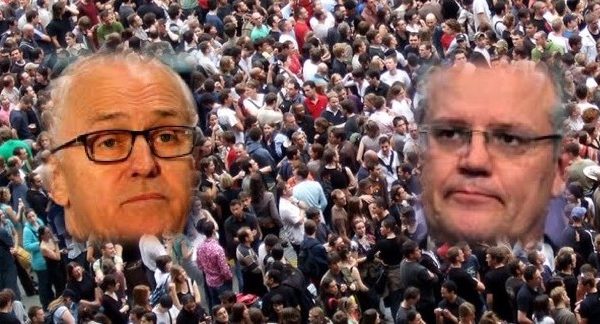 The general rule: In any public relations, strategy matters; much more so when there is conflict and a need for change management. Strategy is the ‘how’ part of the plan.
The general rule: In any public relations, strategy matters; much more so when there is conflict and a need for change management. Strategy is the ‘how’ part of the plan.
Right now, two governments are working on climate change conflict; one (NSW) thinking strategically, the other (Canberra) not. There are lessons here for all PR and Change Management practitioners.
The Federal Government’s climate change issue is of course the carbon tax, which has plagued it ever since Rudd back-flipped on his pronouncement that it was the ‘great moral issue of our time’. You could argue that if they started out with a strategy, we would probably already have a workable carbon tax.
The NSW Government’s climate change issue is coal seam gas – one of the much needed cleaner-than-coal power sources we are going to have to exploit – and how to resolve the battle between the coal seam gas miners and the farmers and environmentalists (and many others) who want to stop them striding onto people’s land (as they are allowed by law to do) to drill wells. The signs are looking good that this government is acting strategically.
Strategy is ‘how’ we achieve our objectives. A strategy can be blunt and crude, or it can be clever and nuanced, but on big problems it should involve wise people thinking and arguing through the various options in order to achieve an aim then objectives, before implementation.
Back to the Feds’ carbon tax. You can tell when there is no, or not enough strategy, when the spokespeople flip flop on decisions, have confused key messages, make the simple complicated and audiences complain they don’t know what’s going on.
Now the coal seam gas conflict: last Friday the NSW Government announced a moratorium on new coal seam gas licences, until it had developed a plan. It was essentially a re-iteration of its pre-election commitment to develop a plan, but with a little more detail. The issue is as thorny as the carbon tax and has the potential to obsess the government, miners, farmers and environmentalist for the term of this government. The best way to try and avoid that is for some of the wiser people in the government to work out ‘how’ to resolve the dispute. That is strategic thinking. Then comes the tactics and implementation; the process, the timeline, the leadership, spokespeople, the simple and clear key messages, the stunts and events, and more. It won’t remove the conflict, but the participants will know the rules.
Watch this space.





